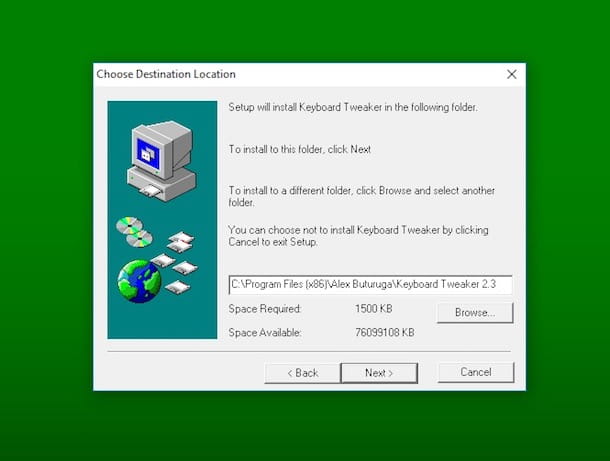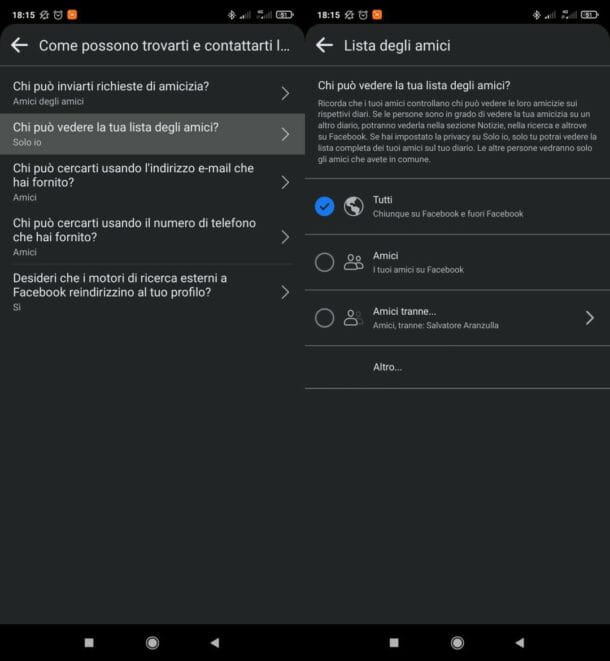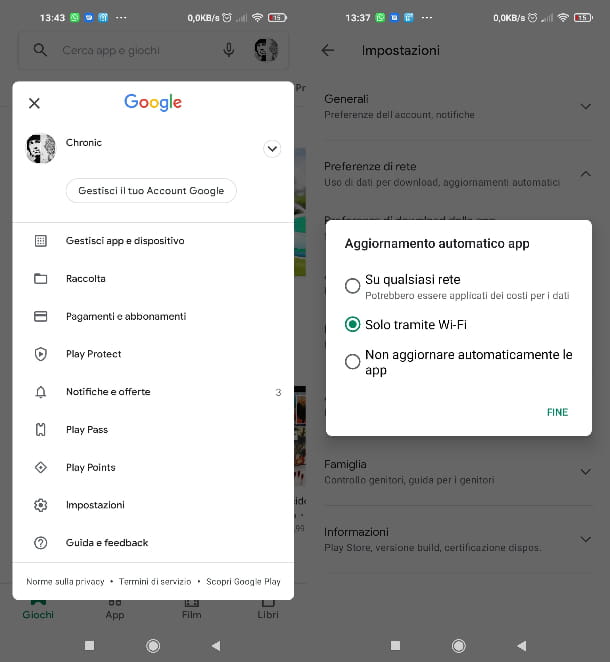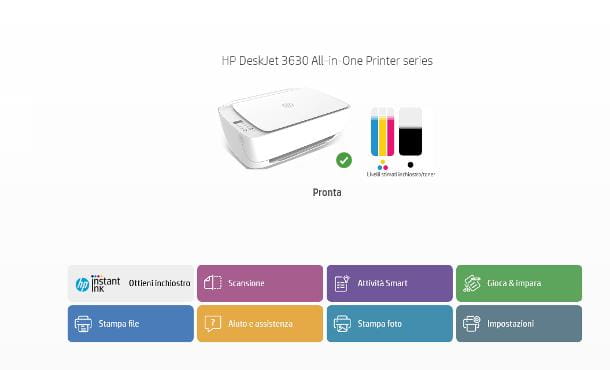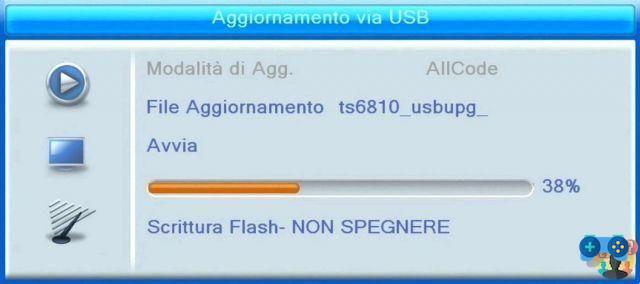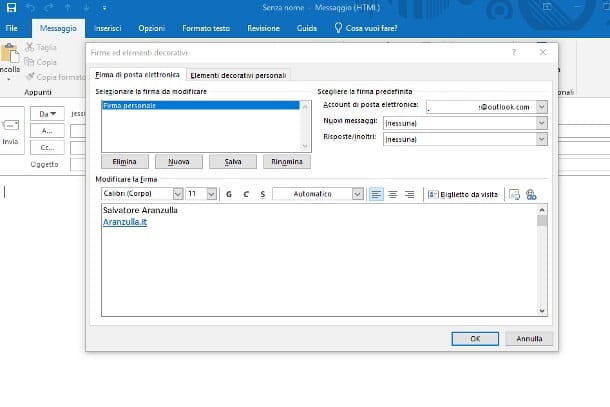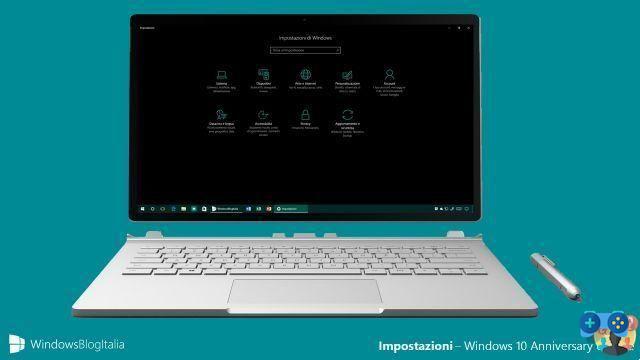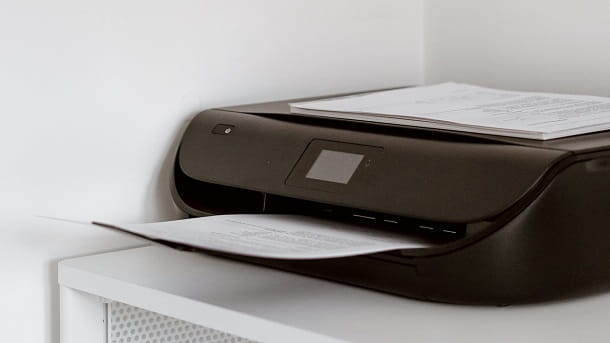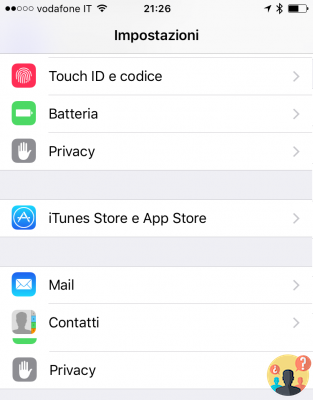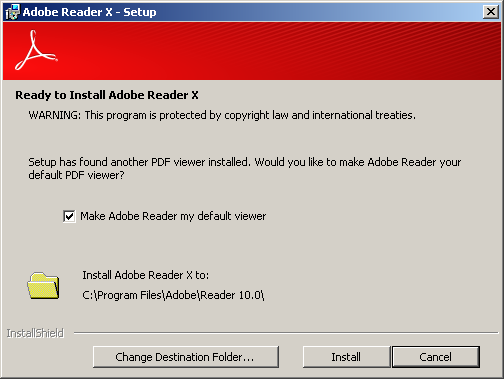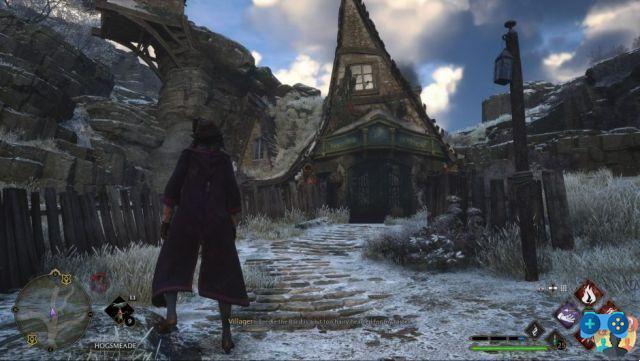
GLHF
Hogwarts Legacy lets you explore a beautiful open world filled with magic, but only the best settings for Hogwarts Legacy will allow you to fully enjoy it on PC. After all, it's no fun seeing slides in front of you when you cast a spell with your wand or dodge enemy attacks.
As always, you'll need to strike the perfect balance between beautiful graphics and smooth gameplay with a stable frame rate. There are several places in Hogwarts Legacy that are particularly demanding on the GPU, especially when there are so many creatures on screen. As a result, you may run into some fps drops depending on the area you are in. Here are some tips to avoid them as much as possible.

Hogwarts Legacy: Fidelity vs Performance, best settings on PS5 and Xbox
Hogwarts Legacy PC Settings: Our Machine —
First up, here's the machine we played Hogwarts Legacy on:
- CPU: 11th Gen Intel Core i9-11900KF
- GPU: NVIDIA GeForce RTX 3090
- RAM: 32GB di Kingston HyperX Fury RGB DDR4, 3.200MHz
- Motherboard: MSI MPG Z490 GAMING EDGE WIFI
- OS: Windows 10, 64-bit
When we started the game, the recommended settings put everything on Ultra, but also turned off the Ray Tracing options. This gave us stable fps numbers during cutscenes and gameplay, although there were some frame-rate dips with so many characters on screen.
This is an issue that appears to be common to all PCs, so we're starting work to stabilize the situation.
Where to start —
If you are not sure which settings are best for your system, we suggest using the “Run Benchmark” option in the settings menu. This tool will recommend the recommended settings based on the outcome of the benchmark. You can use these settings as a base, then scale down some settings to stabilize your fps while keeping visual fidelity as high as possible. Below is a list of priorities that should help you get started on the right foot.
How to Earn FPS at Hogwarts Legacy —
We've found consistent fps gains can be achieved by tweaking these settings, listed from heaviest to lightest:
- Ray Tracing (Ambient Occlusion, Shadows, Reflections)
- Draw distance quality
- Texture quality
- Effect quality
- Fog quality
- Shadow quality
- Post-processing quality
- Quality materials
- Foliage quality
You'll never be able to prevent busier areas from impacting frame-rate in some way, but lowering these settings helps deliver more consistent performance while still maintaining a good viewing experience.

Ray tracing should always be the first setting to get rid of - it will eat into your performance and isn't done particularly well in Hogwarts Legacy anyway. Ambient Occlusion makes no difference in most cases, while Reflections and Shadows are noticeable but lead to errors very often. At the moment, we recommend turning off Ray Tracing even if you're not aiming to maximize frame rates.
Draw Distance Quality is something you should definitely reduce if you're having issues with fps in the open world. Texture quality can still make you money and honestly it doesn't have that much impact on the graphics. The same goes for Fog Quality, which is mostly an out-of-school thing. These three options should take priority when it comes to removing or disabling effects.

The options for Shadow Quality, Material Quality, and Foliage Quality have a much bigger impact when it comes to the overall look of the graphics but, thankfully, have relatively little impact on the frame rate. An interesting omission from Hogwarts Legacy's graphics options is a Full Screen option, which is usually ideal for frame rates, but you'll have to make do with Windowed Full Screen. We hope that an update will arrive at a later date to see the game "really" in full screen.
It might also be worth capping the fps at 60fps if you notice issues at higher frame rates. In terms of upscaling options, both Nvidia DLSS and AMD FSR are available in Hogwarts Legacy, and both can help you boost frame-rates without overly negatively impacting the overall experience. You can also read our Hogwarts Legacy review and check out our complete Hogwarts Legacy guide to learn more about the game.






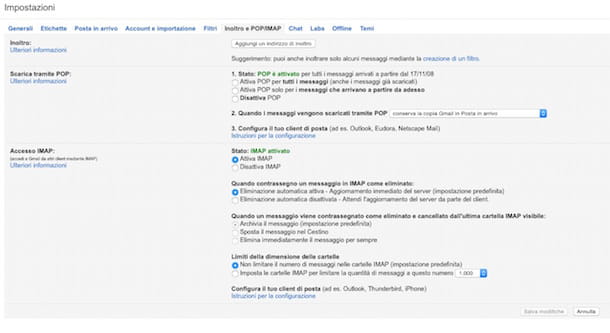

![[Solved] Android App Won't Open Problem](/images/posts/a150cb8db0eb50df4b79257485e3c04c-0.jpg)

